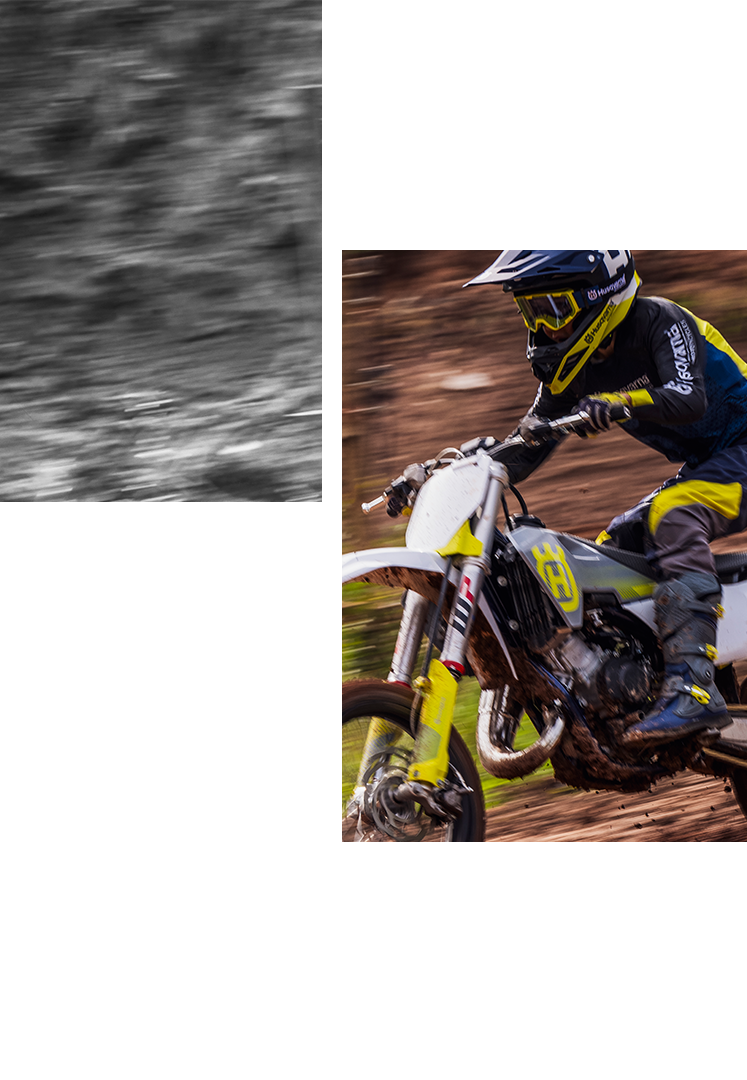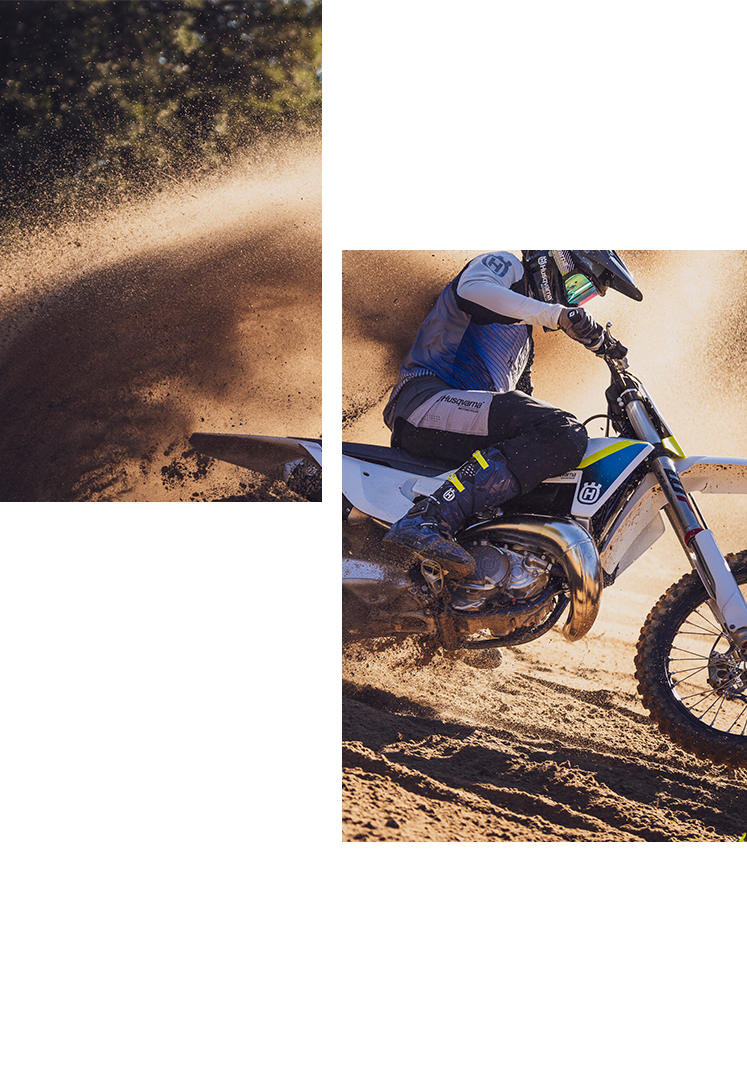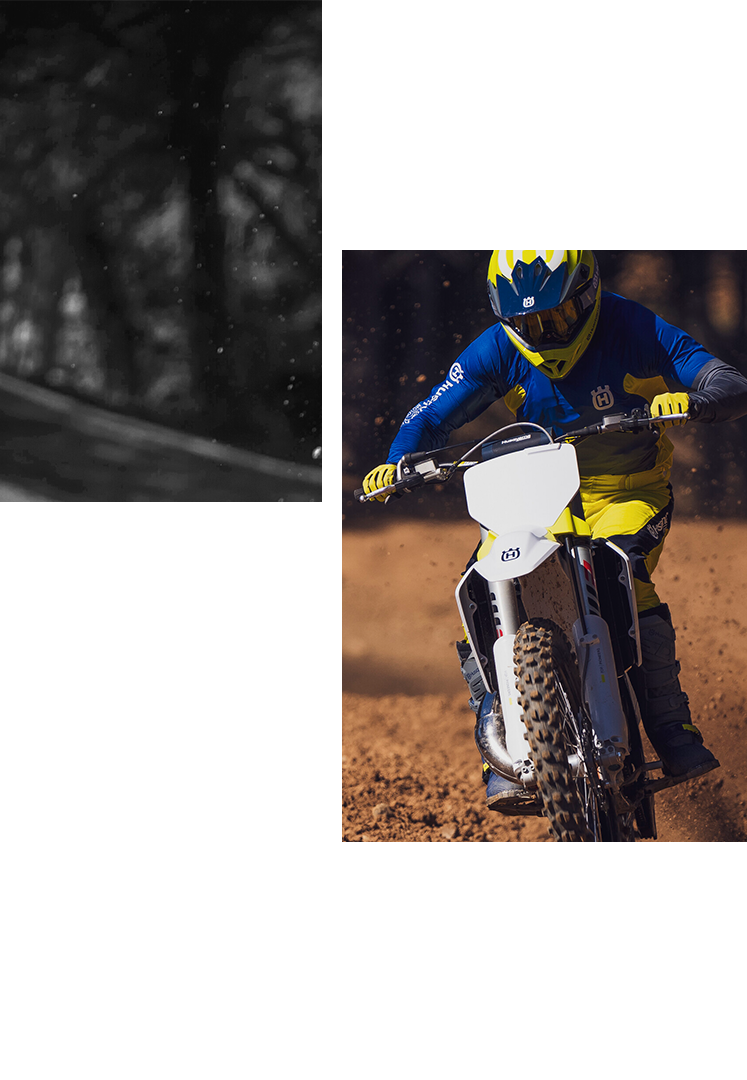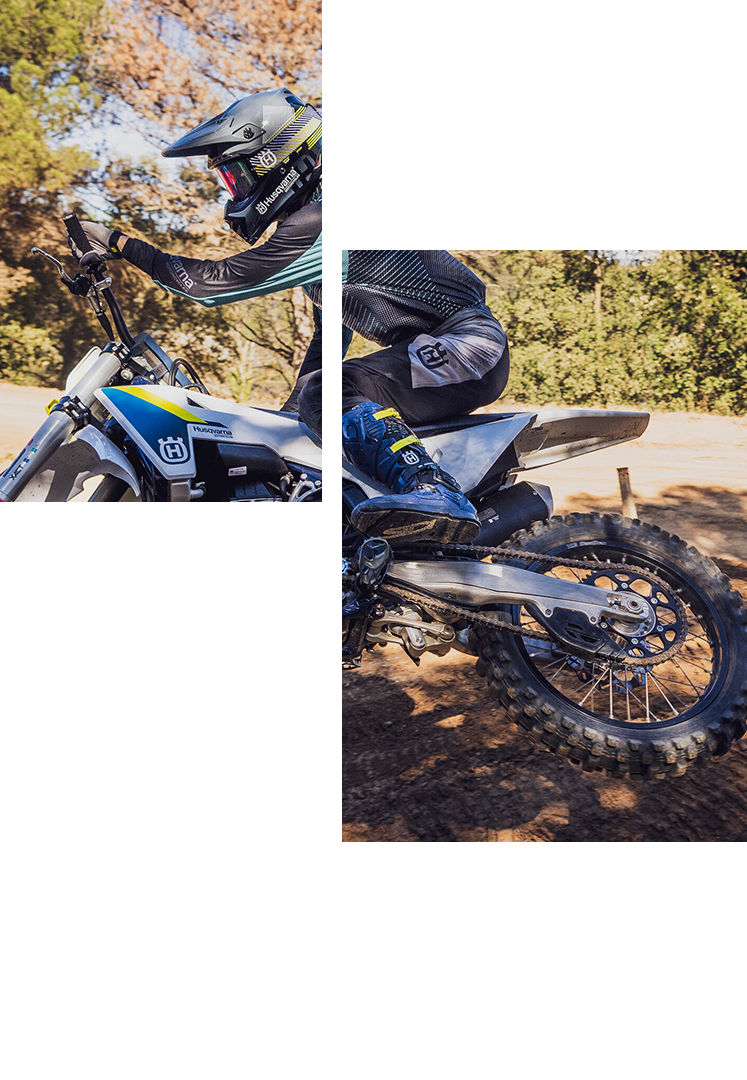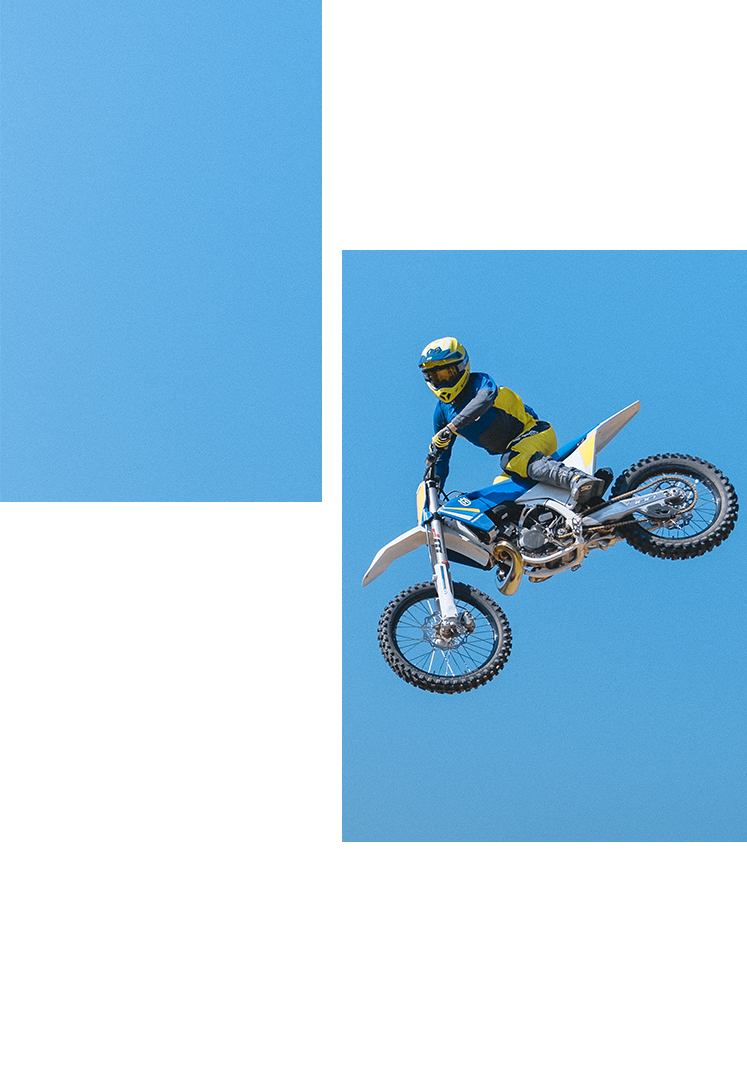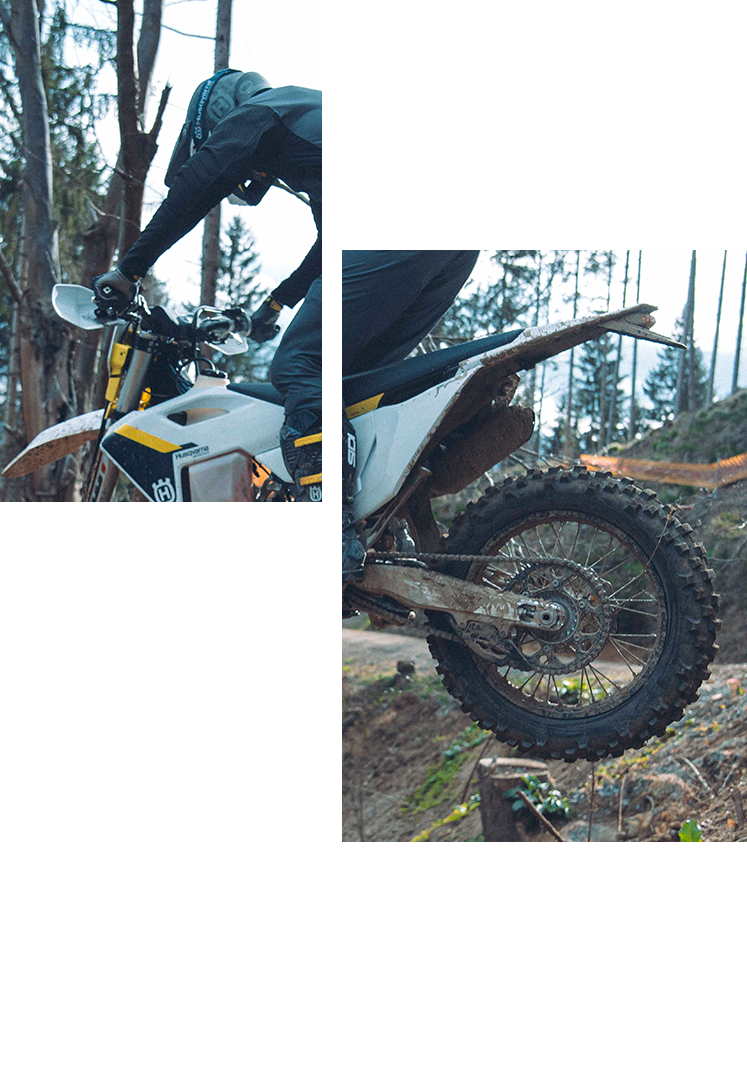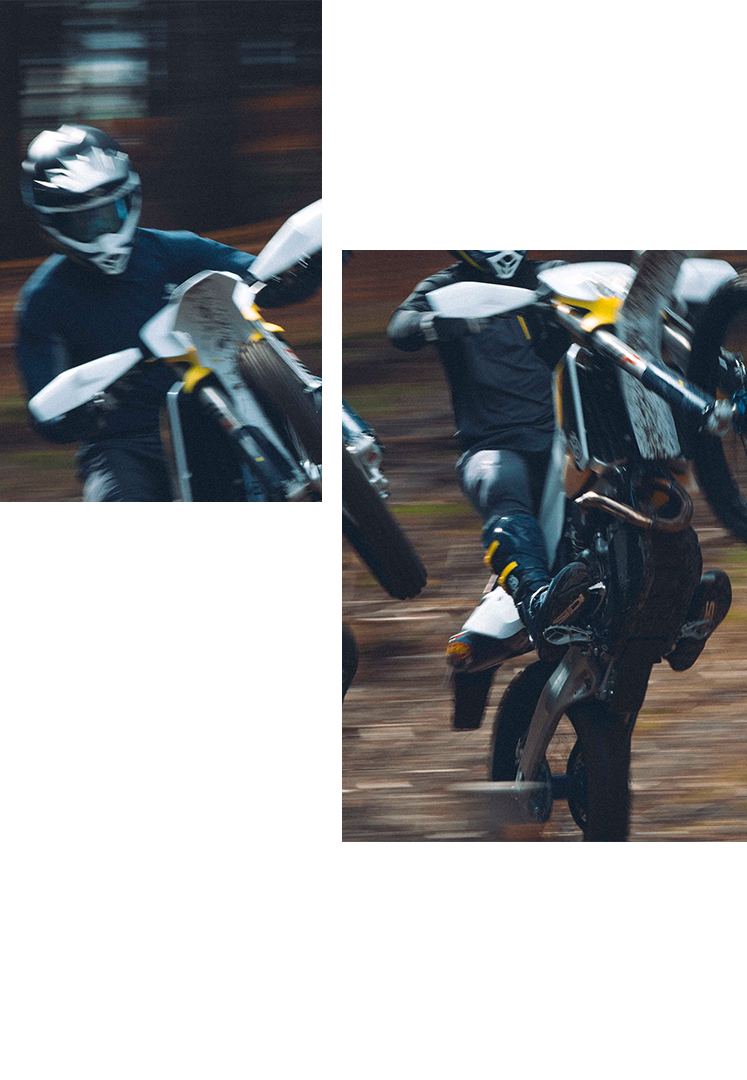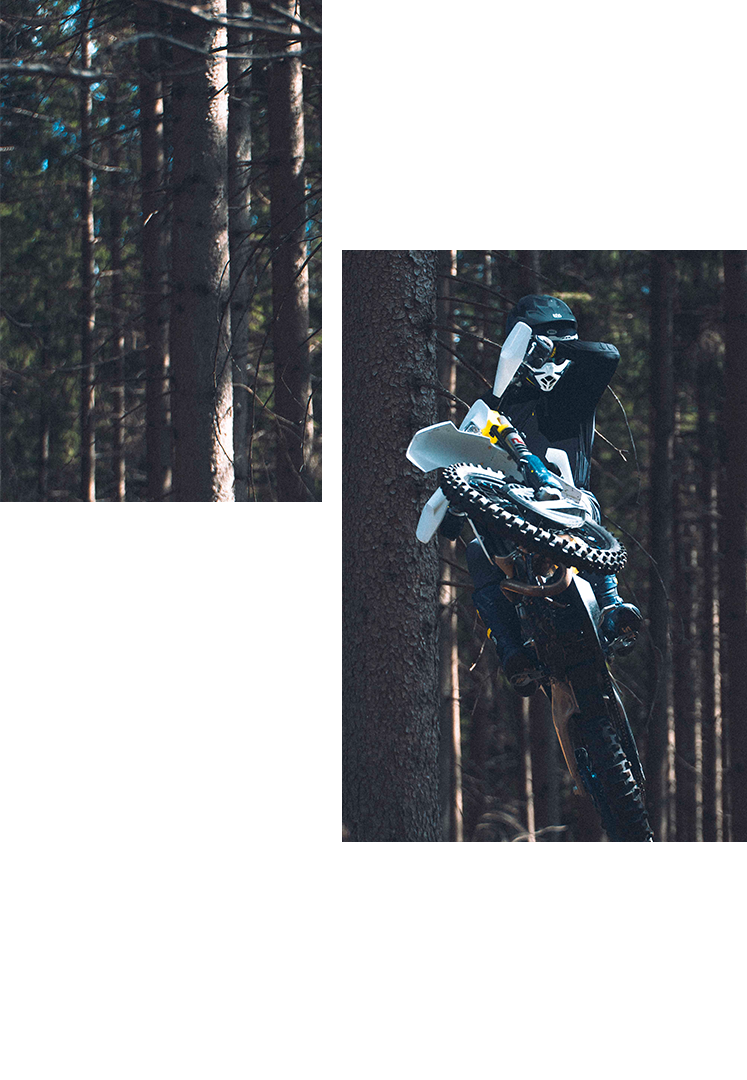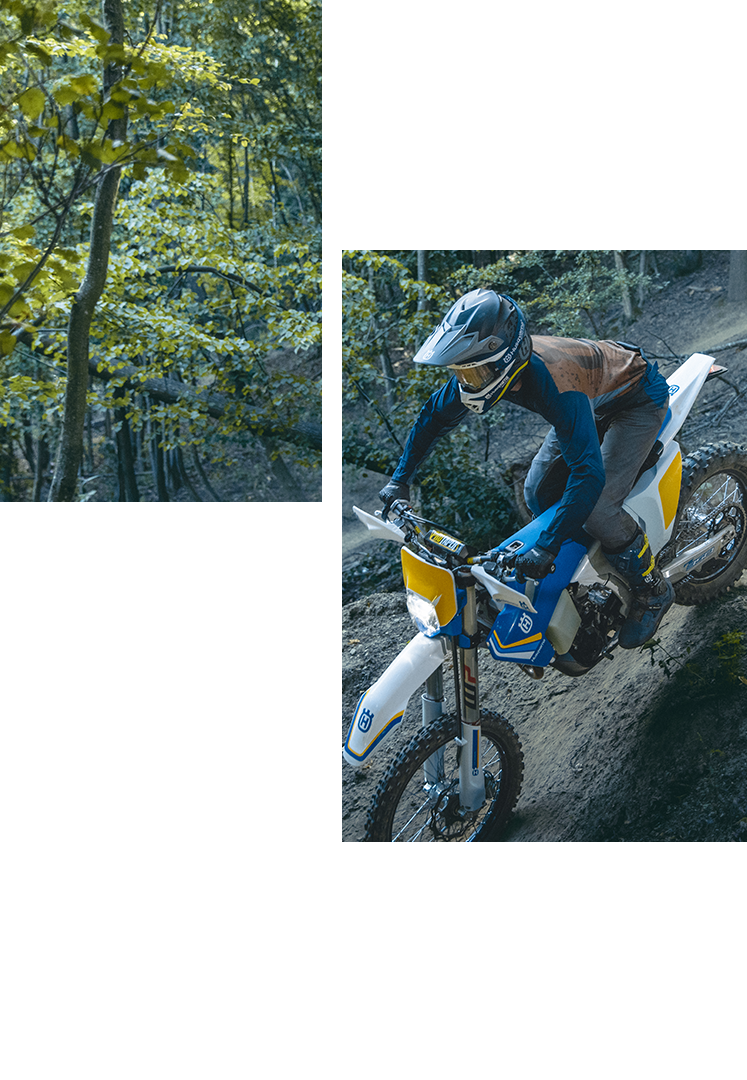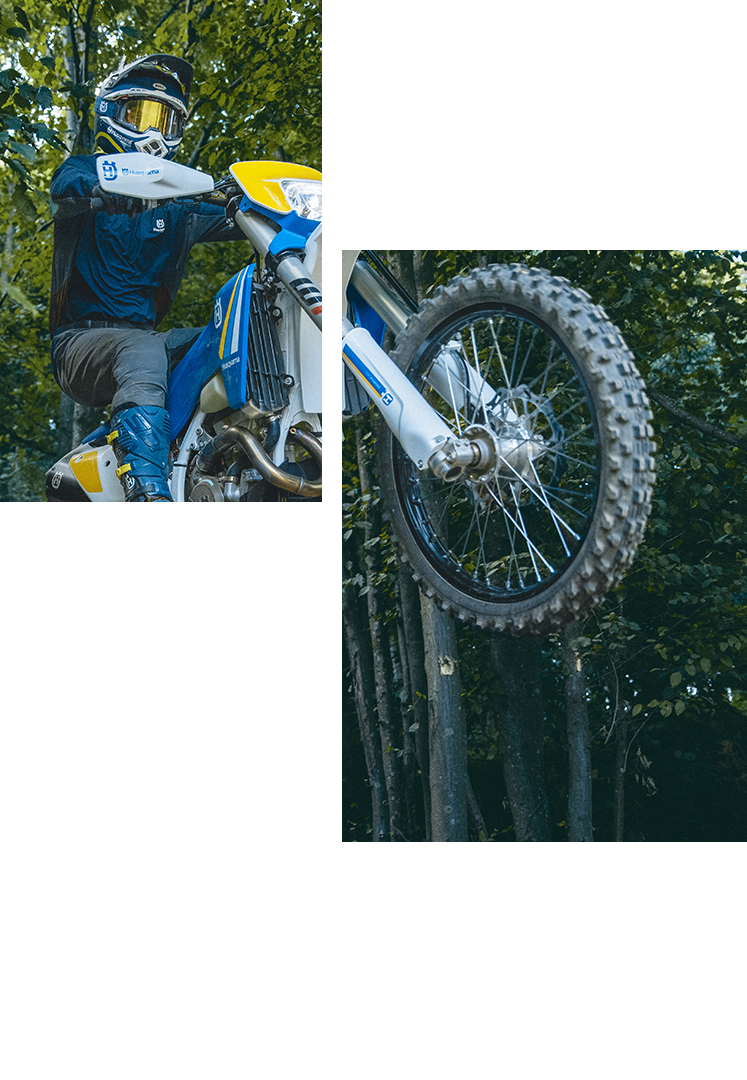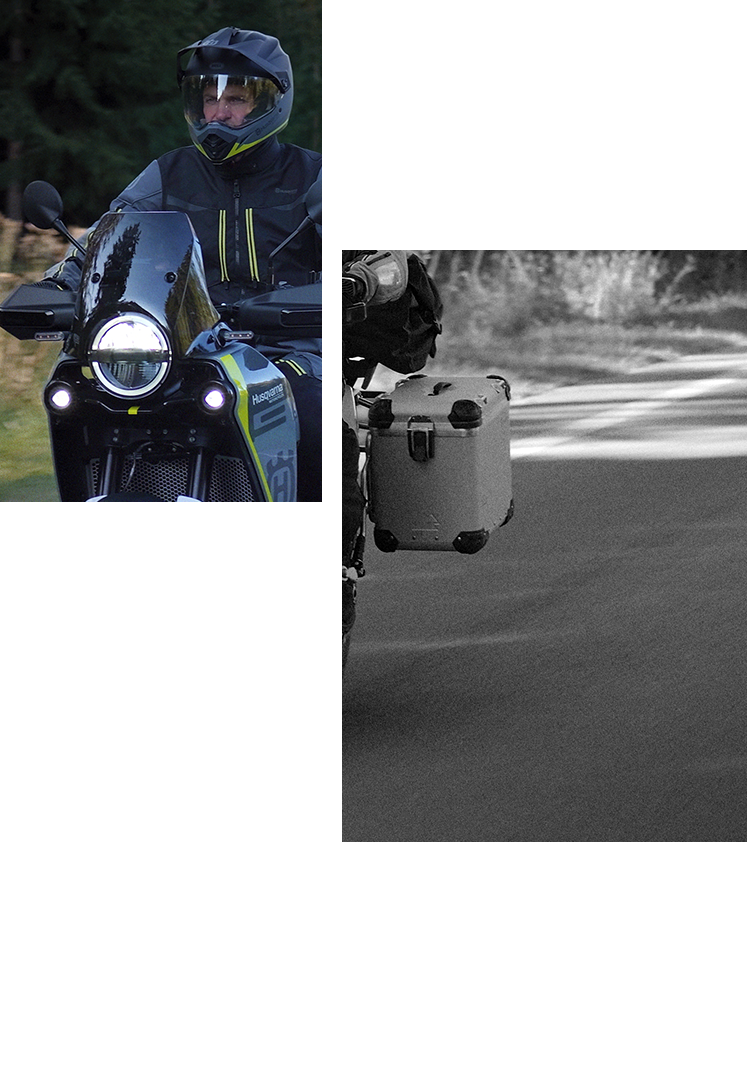On August 22nd in 1930, Tore Olausson was one of 80 starters in the famous Bedinge hillclimb race in southern Sweden. He rode his 500cc AJS in the solo class, where he finished second behind the winner. His time for the one-kilometre track was 21.8 seconds – some five seconds slower than the overall winner in the 750cc class for racing machines. 15,000 spectators were thrilled to see so many records being beaten on this summer day.
In the early stages of motorcycle racing, there were few people who enjoyed factory support with specially manufactured or tuned engines. Instead, people were racing with ordinary street machines. After some years of racing Tore's mother Bothilda had endured enough heart attacks through her son's motorcycle maniac ideas.
“I dearly wanted him to stop racing before something bad happened,” she once told me. “Some of the friends of my sons were killed in motorcycle accidents.”
So, what to do? As an alternative to medium-sized bikes, Bothilda figured Tore would stop racing if he received a heavy, big-bore Harley-Davidson. “That should keep him on ordinary roads,” she reasoned.
She was of course right, but only for the time being. My father was a stubborn man and he soon started to practice broad-sliding with his latest mount. It wasn't long before he took up racing with his American machine - mother Bothilda was devastated.




